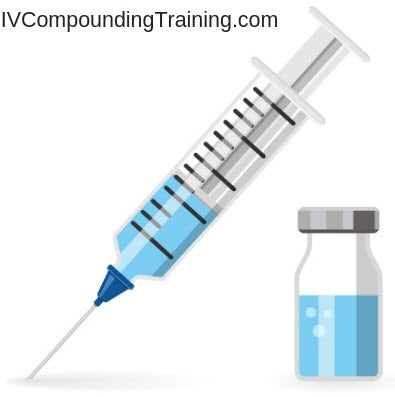What Is Gap Analysis In Pharmacy?
Conducting a Sterile Compounding Pharmacy Gap Analysis for USP 797
In the realm of pharmacy, ensuring the safety and efficacy of compounded sterile preparations (CSPs) is paramount. The United States Pharmacopeia (USP) Chapter 797 sets forth the standards for compounding sterile medications to protect patients from infections, ensure the strength and purity of medications, and enhance the safety of pharmacy personnel. With the evolving landscape of pharmacy practice and regulatory requirements, conducting a gap analysis for USP 797 compliance becomes an indispensable step for compounding pharmacies aiming to uphold the highest standards of patient care and safety.
Understanding USP 797
USP 797 describes the guidelines for the compounding of sterile preparations and encompasses a wide range of practices, from personnel qualifications and training to environmental monitoring and beyond. It specifies the requirements for compounding facilities, equipment, compounding processes, and quality assurance among other, to minimize risks associated with contamination, infection, and incorrect dosing.
The Importance of a Gap Analysis
A gap analysis serves as a comprehensive evaluation tool that helps compounding pharmacies identify discrepancies between their current practices and the standards outlined in USP 797. This analysis not only highlights areas requiring improvement but also assists in prioritizing actions to ensure compliance. By conducting a gap analysis, pharmacies can proactively address potential issues, thereby enhancing patient safety and avoiding regulatory penalties.
Steps for Conducting a Sterile Compounding Pharmacy Gap Analysis
1. Assemble a Dedicated Team Or Outsource The Entire Process To Save Time
The first step in conducting a gap analysis is to assemble a team of professionals who are knowledgeable about USP 797 and experienced in sterile compounding practices. This team should include pharmacists, pharmacy technicians, quality assurance specialists, and any other relevant staff members.
2. Review USP 797 Requirements
The team should begin by thoroughly reviewing the current USP 797 guidelines to ensure a comprehensive understanding of all requirements. This includes familiarizing themselves with any recent updates or changes to the standards.
3. Assess Current Practices
With a solid understanding of USP 797 requirements, the team should then assess the pharmacy's current compounding practices, facilities, equipment, and quality assurance protocols. This assessment should be as detailed as possible, covering every aspect of sterile compounding operations.
4. Identify Gaps
After assessing current practices, the team should compare these practices against USP 797 standards to identify any gaps or areas of non-compliance. This involves pinpointing specific practices or protocols that do not meet the guidelines set forth by USP 797.
5. Prioritize Actions
Once gaps have been identified, the team should prioritize actions based on the level of risk associated with each gap. High-risk issues that could significantly impact patient safety or regulatory compliance should be addressed immediately, while lower-risk issues may be scheduled for future resolution.
6. Develop an Action Plan
The next step is to develop a detailed action plan to address identified gaps. This plan should include specific actions, responsible parties, timelines for implementation, and metrics for evaluating success.
7. Implement Changes
With an action plan in place, the pharmacy should begin implementing the necessary changes to close the identified gaps. This may involve revising protocols, upgrading equipment, enhancing training programs, or making physical modifications to the compounding facility.
8. Monitor Progress and Re-evaluate
Finally, it is crucial to monitor the progress of implemented changes and conduct regular re-evaluations to ensure ongoing compliance with USP 797 standards. Continuous improvement should be the goal, with adjustments made as needed based on feedback and outcomes.
Conclusion
Conducting a gap analysis for USP 797 compliance is an essential process for sterile compounding pharmacies committed to maintaining the highest standards of patient safety and care.
By systematically identifying and addressing gaps in compliance, pharmacies can ensure that their practices meet or exceed the rigorous requirements set forth by USP 797. This not only protects patients but also positions the pharmacy as a leader in quality and safety within the healthcare community.
